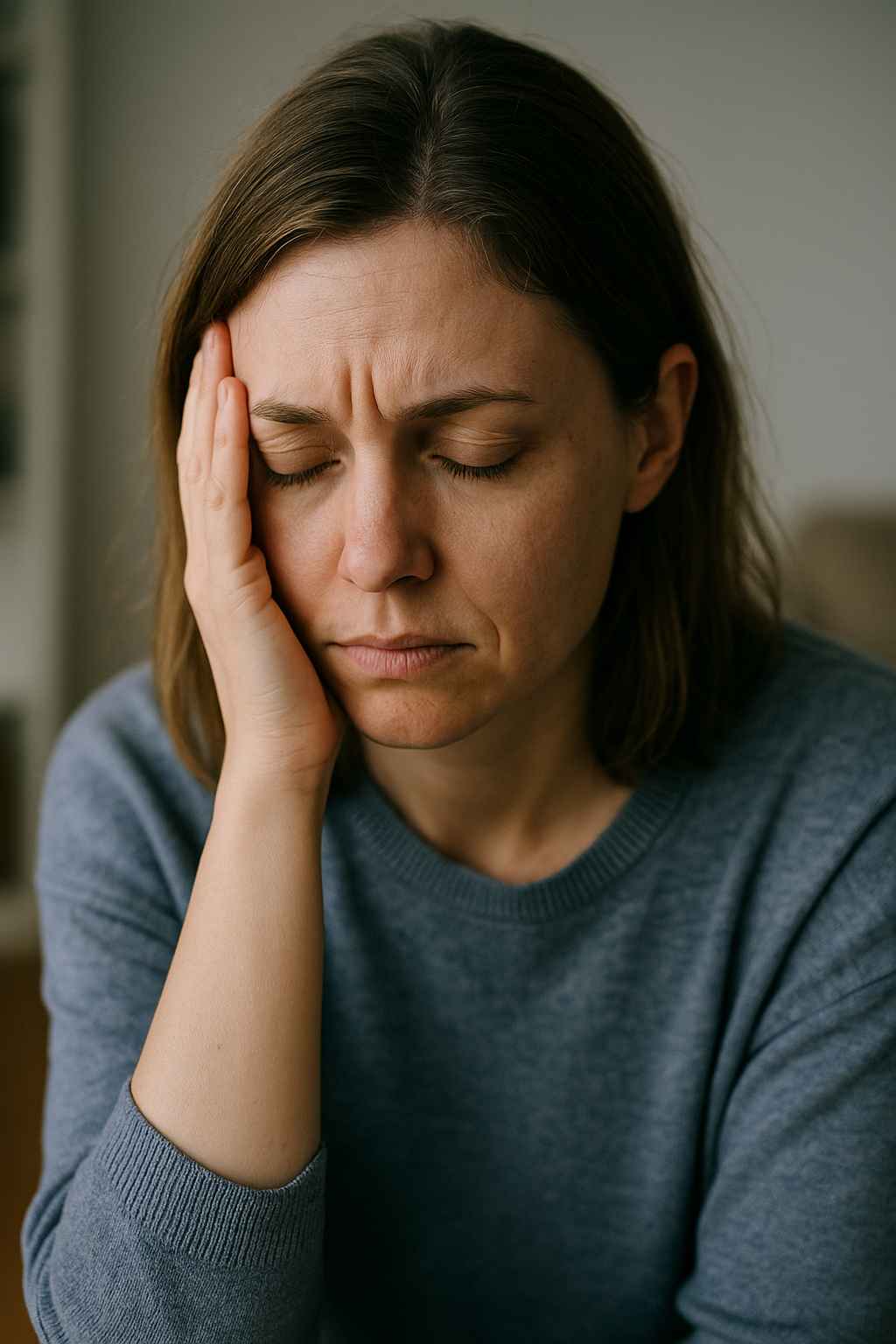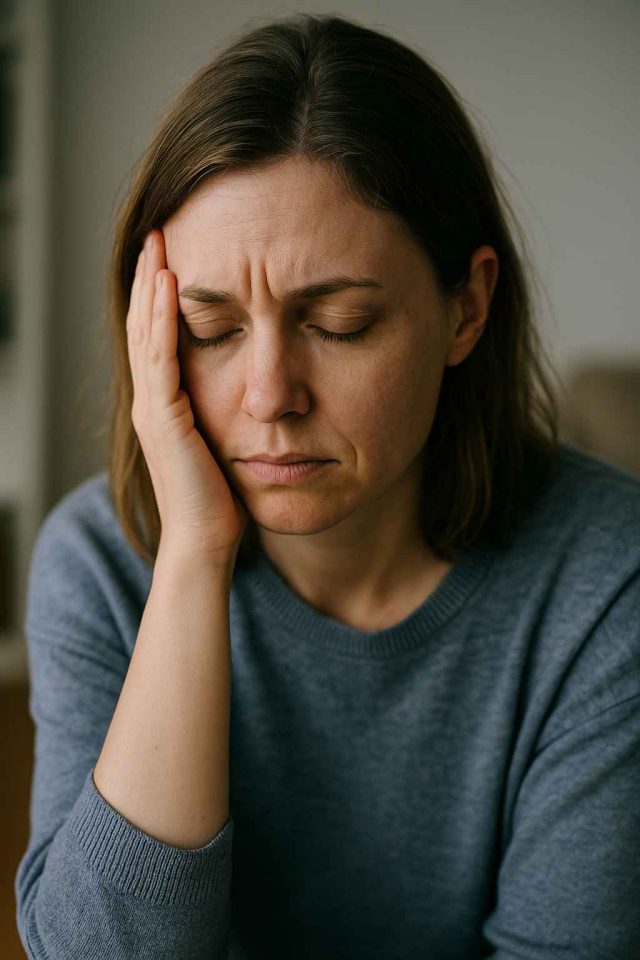
Have you ever tried to swim with your clothes on? That’s what living with depression can feel like—each day a struggle to move through tasks that once felt easy. Yet, just as swimmers learn to adapt, those living with depression can develop routines and habits that ease the burden and promote daily wellness.
Table of Contents
- Understanding Depression and Its Daily Impact
- Practical Wellness Tips That Work
- Integrating Support and Professional Help
- Real-World Tools and Resources for 2025
Understanding Depression and Its Daily Impact
Depression is more than sadness—it’s a complex mental health disorder that affects mood, sleep, appetite, energy, and cognition. According to the National Institute of Mental Health, over 21 million adults in the U.S. had at least one major depressive episode in the past year. That staggering figure represents real lives interrupted by a silent, persistent condition.
People often confuse depression with a passing low mood, but clinical depression lingers, colors every thought, and disrupts life’s rhythm. For example, a person may find it exhausting to get out of bed or even shower. Others may struggle with concentration, affecting work or caregiving responsibilities.
In contrast to other conditions that may be more physically visible, depression operates beneath the surface. As a result, those struggling may appear fine to outsiders while enduring an internal storm. Fortunately, understanding this duality is the first step toward building routines that support healing and self-care.
Practical Wellness Tips That Work
While no single method works for everyone, several practical strategies have shown consistent benefits in managing depression’s daily challenges. These approaches can be tailored based on individual lifestyle and needs.
Structure Your Day with Small Wins
When motivation is scarce, even simple accomplishments matter. Start with one achievable goal: making your bed, brushing your teeth, or walking around the block. These small victories build momentum and help break the cycle of inaction.
Stay Physically Active
Physical movement boosts endorphins and enhances brain function. You don’t need to run a marathon. A brisk 20-minute walk, yoga session, or cycling around the neighborhood can shift your mood and energy level dramatically.
Maintain Nutritional Balance
What we eat can influence how we feel. Diets rich in omega-3 fatty acids, whole grains, leafy greens, and lean proteins support mental clarity and emotional balance. Avoid excessive sugar, processed foods, and alcohol, which often worsen mood fluctuations.
Track Moods and Triggers
Journaling or using mood-tracking apps can reveal patterns over time. Identifying what triggers sadness, fatigue, or anxiety enables better planning. For instance, if certain social events or lack of sleep leads to worsening symptoms, adjustments can be made accordingly.
Integrating Support and Professional Help
Living with depression does not mean facing it alone. Emotional and clinical support systems play a key role in daily wellness. Therapy, medication, and peer groups offer structured relief and tools for long-term coping.
Seek Professional Guidance
Psychotherapy, including cognitive behavioral therapy (CBT), has been widely proven to help manage depressive thoughts. Additionally, new FDA-approved treatments like digital therapeutics and ketamine nasal sprays provide cutting-edge alternatives to traditional options.
For those considering medication, it’s vital to monitor side effects and communicate openly with providers. Common classes include SSRIs, SNRIs, and, more recently, fast-acting agents like esketamine (Spravato).
Leverage Community Resources
Support groups—both online and offline—offer shared understanding and reduce isolation. Organizations like the National Alliance on Mental Illness (NAMI) provide directories for local meetings, crisis lines, and education events. Similarly, HealingWell’s top articles section is a rich source of patient-focused tools and stories.
Talk to Someone Now
If symptoms worsen or suicidal thoughts emerge, immediate action is necessary. Reach out to a counselor or use platforms like Healthcare.pro to connect with licensed professionals who can guide next steps and personalize treatment plans.
Real-World Tools and Resources for 2025
Digital health continues to reshape how we treat and manage depression. In 2025, mobile tools and wearables now complement traditional therapy, offering a 24/7 feedback loop for mental wellness. For example, the FDA recently cleared “MoodPath RX,” an AI-powered app that tracks symptoms, recommends exercises, and syncs with mental health providers in real-time.
Wearables like Fitbit and Apple Watch now come equipped with emotional trend tracking, measuring variability in heart rate and sleep cycles to flag early signs of depressive episodes. As a result, users receive alerts to encourage coping strategies before symptoms intensify.
Pharmaceutical innovation is also evolving. The 2025 approval of Seroliza, a novel dual-action antidepressant, provides faster relief with fewer gastrointestinal side effects. For those who experience co-occurring anxiety, Seroliza is especially promising as it combines serotonin modulation with GABA enhancement.
As these tools become more accessible, integrating them into daily routines—alongside traditional wellness practices—can significantly improve resilience and quality of life.
Conclusion
Managing depression requires a combination of intention, support, and informed action. From small habits like journaling to newer tools like FDA-approved digital therapies, today’s options empower patients more than ever. The journey may be personal and nonlinear, but each step counts.
Want to learn more strategies for mental wellness? Check out the latest features in our Insights section or subscribe for future updates tailored to your health journey.
FAQs
What are early signs of depression?
Fatigue, irritability, sleep changes, and lack of interest in usual activities are common early signs.
Can depression go away without medication?
Yes, some people improve with therapy, lifestyle changes, and support systems, but medication is helpful for many.
How can I help a loved one with depression?
Offer empathy, listen without judgment, and encourage professional help when appropriate.
Are there non-drug treatments available in 2025?
Yes. Options include digital apps, light therapy, TMS, and cognitive behavioral therapy.
When should I seek emergency help?
If someone expresses suicidal thoughts or intent, call 911 or seek immediate medical care.
This content is not medical advice. For any health issues, always consult a healthcare professional. In an emergency, call 911 or your local emergency services.




